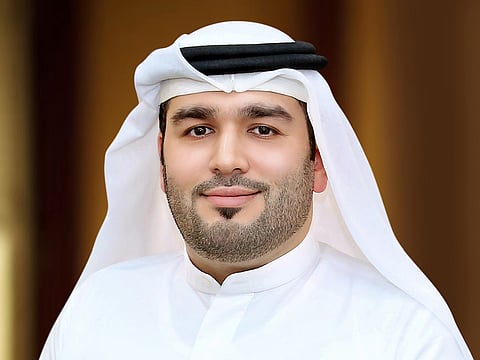Shifting landscape for sustainable building
Investments in green buildings produce measurable financial value, but the social impacts shouldn’t be ignored

In the early 1990s, the global construction paradigm began to shift when the US started to integrate sustainability into the building sector. Today the concept is no longer isolated to one country, region or culture. Green building, sustainable construction and sustainable building is not merely about doing less harm to the environment than traditional construction. Instead, it is about optimising resources and being environmentally, socially and financially responsive throughout the entire building life cycle: from design, construction, operation, management, renovation and deconstruction. All new construction, whether it is a school, business towers, recreational facility or industrial buildings, from Dubai to Copenhagen to Detroit, can integrate and design efficient and socially responsible buildings, communities and cities.
As one of the fastest-growing cities in the world, the concept of sustainability should be integrated in all of the UAE’s community developments. Further solidifying our 2030 goal to be one of the happiest countries in the world, Dubai’s 2016 Municipality Report defines sustainability as “…how we should act, individually and together, to protect, preserve and propagate our environment…share insights and technologies for future development, while reducing our burden on the planet.”
While the UAE government continues to standardised specifications and enact new policies, the inroads to sustainable building will remain long if it is not taken fervently by the private sector. These policies must be permanently adopted as standard practice for developers, designers, investors, owners and tenants. However, achieving sustainable objectives remains challenging in the real estate industry due to its emphasis on maximising returns of profits with little attention paid to the long-term social and environmental aspects. While sustainability has been proven to improve the safety, health and well-being and eventual cost-saving, they are often overshadowed by present cots.
Together with population growth, urbanisation, transportation and industrial agriculture, creating sustainable communities is crucial for the well-being of future generations. Developers have an ethical responsibility to integrate a life cycle engineering approach, which obliges a sustainable approach of all resources and elements.
However, for this to come to fruition, affordable resources and solutions must be provided to local developers. Developers should be provided financial incentives. For example, in the US there are tax credits, reductions or waivers of permits, and a robust certification, which denotes high-performance green buildings and awards programme to incentivise the market to grow in this direction.
Research already shows that investments in green buildings produce measurable financial value through increased rental rates, asset values and higher tenant attraction. However, it is important to note the social impacts as well. The health, comfort, productivity, overall satisfaction, happiness and increased sense of community has also been documented. As technology rapidly increases, the return on investment (ROI) is becoming more apparent. For example, measuring, monitoring and automating a building’s energy systems can maximise the ROI by using smart technology to ensure equipment is only in use when needed and operates at peak efficiency. We can use the same data and correlate it with air quality and occupants health. Investors should continue to explore green buildings as practical, profitable and a moral responsibility.
Education and knowledge sharing should be at the forefront of changing the mindset around sustainable construction and renovations. We know that if consumers understand the value of green products they are more likely to favour and spend accordingly. Owners, end users and tenants should be educated about the financial, health, social and environmental benefits related to their green residences. Multiple research has demonstrated that renters are willing to pay more to live in buildings with sustainable design features, from energy-saving appliances, to shared community spaces, and to nearby amenities, with less dependence on driving, making for happier citizens, communities, and cities.
Mirroring broader global advancements in sustainable building, Dubai should continue to prioritise investment towards green housing. Creating an ecosystem where developers, investors and end users share insights and technologies for future development is not only aligned with Dubai’s vision, but it is paramount for green market penetration. If end users are willing to invest in the auxiliary benefits of these communities, then developers and investors should provide more options and further solidify the UAE’s commitment to happiness.
Sign up for the Daily Briefing
Get the latest news and updates straight to your inbox



